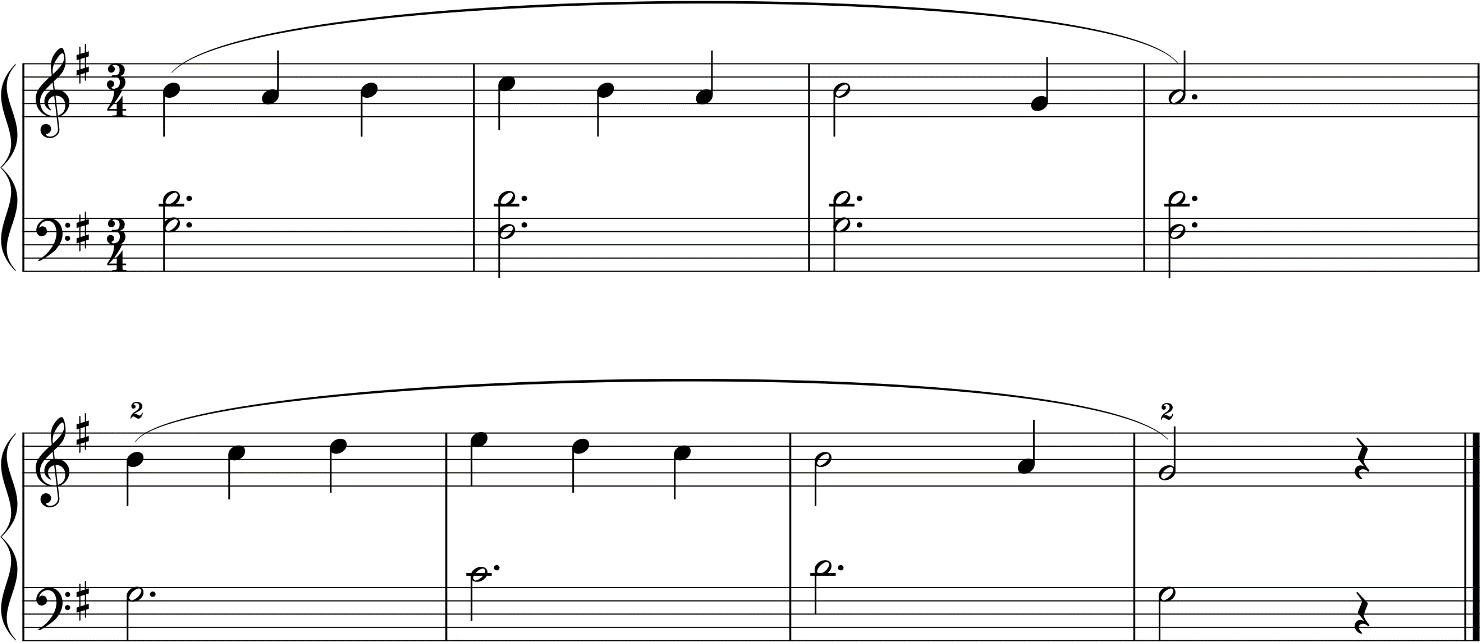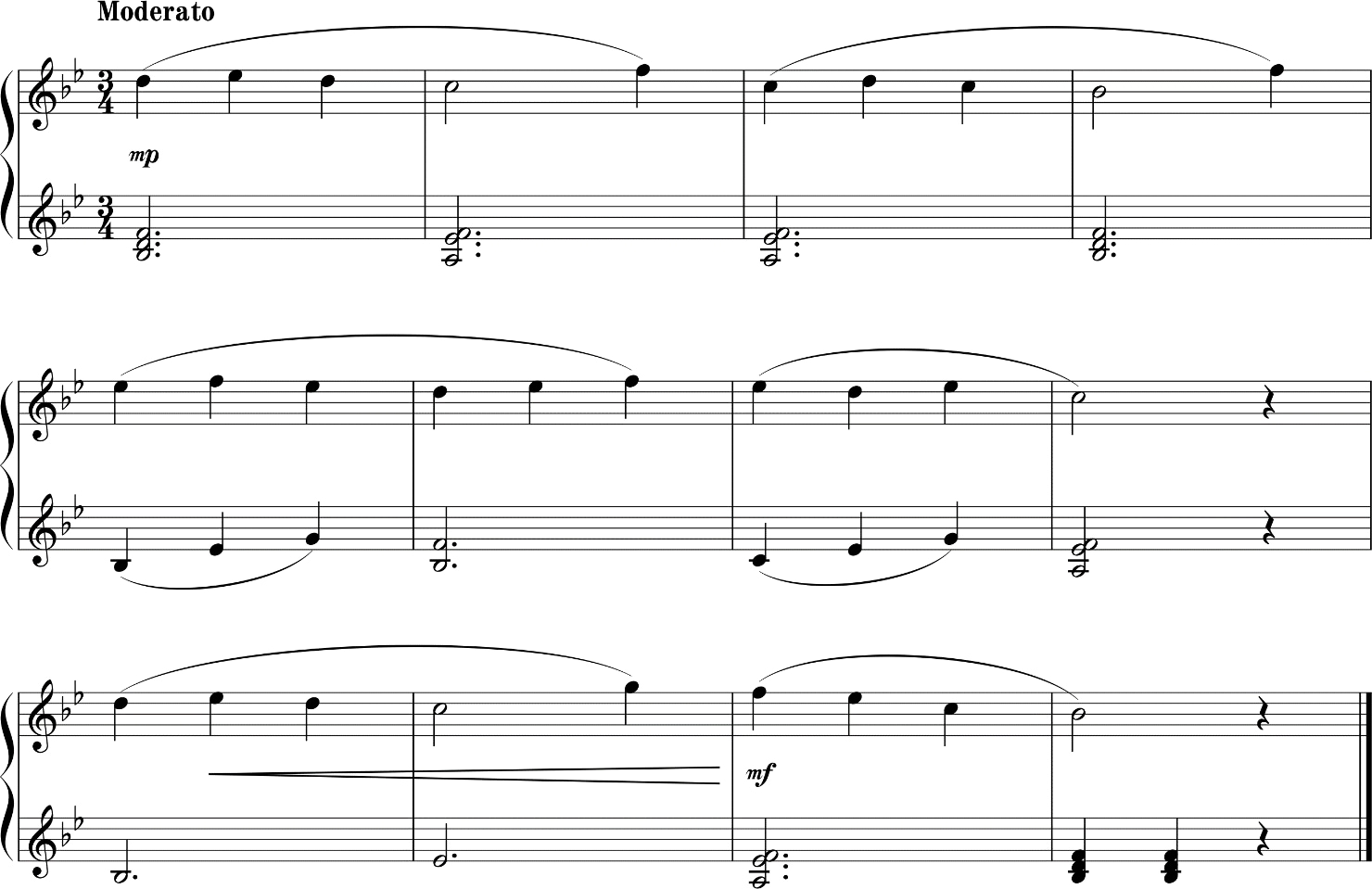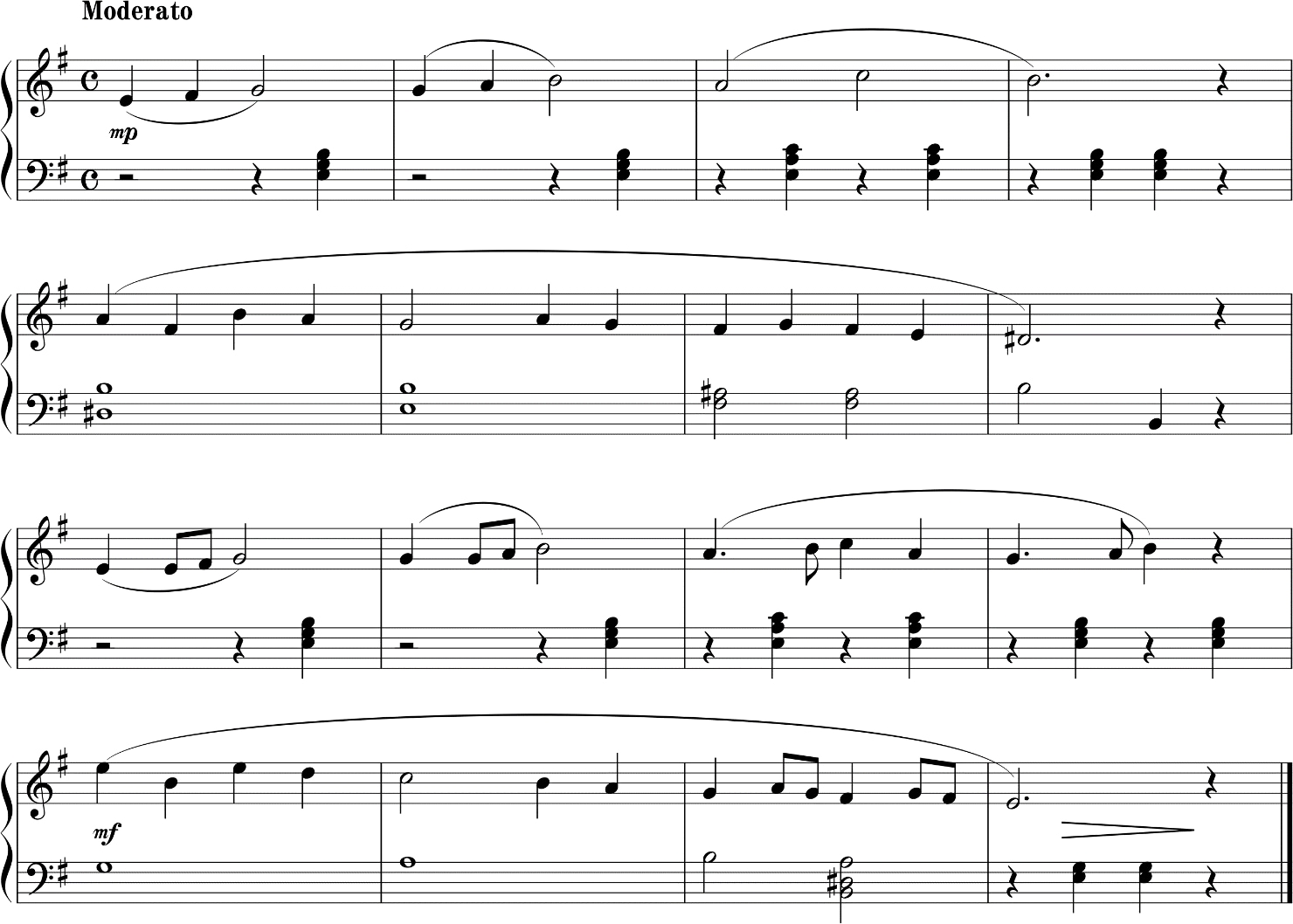Popular Piano / Keyboard Grade 10-6
Examination Procedure
Candidates in PIANO START (Grade 10):
Candidates in KEYBOARD (Grades 10-8):
Candidates in POPULAR PIANO (Grades 9-6):
Duration
Grades 10-8: 15 minutes, Grades 7-6: 20 minutes
Instrument
The instruments below are expected to be in the exam room.
Popular Piano Grade: Acoustic Piano or Digital Piano
Keyboard Grade: Keyboard
Please confirm the model(s) available for the exam with your exam location.
Subject Details
I. Repertoire
I-I. Compulsory Piece
Candidates prepare one piece from the Compulsory Piece List and play it with the backing track.
Procedure
1. Examiners play the beginning of the backing track for several bars so that the candidate can play along with the track to set an appropriate volume and balance.
2. Candidate plays the piece with the backing track.
- Note:
- Candidates are allowed to use the score if necessary.
- Examiners may stop the performance before it reaches the end of the piece.
- The backing track files are prepared at the exam room.
Compulsory Piece List
Grade 10
PIANO START - Lesson 6: Pomp and Circumstance March No. 1 (E. Elgar)
KEYBOARD 1 - Unit 3: Amazing Grace (English Folk Song)
KEYBOARD 1 - Unit 3: Bye-Bye, Love (Bryant Boudleaux)
Grade 9
POPULAR PIANO 1 - Lesson 4: Pastoral (Yamaha)
POPULAR PIANO 1 - Lesson 5: My Country (Yamaha)
KEYBOARD 2 - Unit 6: Ob-La-Di Ob-La-Da (J. Lennon & P. McCartney)
KEYBOARD 2 - Unit 6: Annie Laurie (Scottish Folk Song)
Grade 8
POPULAR PIANO 1 - Lesson 9: Mr. Zavinul (Yamaha)
POPULAR PIANO 1 - Lesson 10: Earthy Bacon (Yamaha)
KEYBOARD 3 - Unit 9: Raindrops Keep Fallin' On My Head (B. Bacharach)
KEYBOARD 3 - Unit 9: My Heart Will Go On (J. Horner)
Grade 7
POPULAR PIANO 2 - Lesson 6: Heartland (Yamaha)
POPULAR PIANO 2 - Lesson 9: With Light Feeling (Yamaha)
Grade 6
POPULAR PIANO 3 - Lesson 3: Dance with Bounce (Yamaha)
POPULAR PIANO 3 - Lesson 4: Twilight Time (Yamaha)
I-II. Free Selection
Candidates prepare one free selection piece and play it.
Points to consider when selecting a piece to prepare for Free Selection:
The level of the Free Selection piece is expected to be equivalent to the Compulsory Piece for the grade.
Candidates may choose a Free Selection piece from the textbook or the Compulsory Piece List provided that it is not the same piece they have chosen for the Compulsory Piece selection.
Procedure
1. Candidate informs the examiners whether or not they will play along with a backing track.
2. If the candidate chooses to play along with the backing track, examiners play the beginning of the backing track for several bars so that the candidate can play along to set an appropriate volume and balance.
3. Candidate plays the piece.
- Note:
- Candidates are expected to bring the scores of the pieces they have prepared to the exam.
- Examiners may ask to see the score.
- Candidates are allowed to use the score if necessary.
- Candidates are allowed to choose whether or not to play along with a backing track.
- a) If candidates choose a piece from inside the textbook, the backing track will be prepared at the exam room.
- b) If candidates choose to play a piece outside of the textbook and will play the piece along with a backing track, candidates are expected to bring the MP3 files or MIDI data.
- Examiners may stop the performance before it reaches the end of the piece.
II. Sight Playing
Examiners select one piece and ask the candidate to play it by sight.

Procedure
1. Candidate is presented the score of the exam piece.
2. Candidate is given 30 seconds to look at the score as preview.
3. Candidate plays the piece after the examiner’s cue.
- Note:
- Movements, such as playing without sound, fingering etc., are not allowed during preview time.
Examples
III. Scale
Candidates play one (Grade 10), two (Grades 9 - 6) scale(s) selected by the examiners without the use of a score.

Procedure
1. Examiners give candidate information on the type, key, range and starting note of the scale to be played.
2. Candidate plays the scale as required.
3. For Grades 9-6, repeat procedures 1 and 2 for the next scale.
- Note:
- Candidates are not allowed to use scores during the exam.
- The last note of ascending/descending may be played longer than the other notes.
- The tempo noted in the score is the suggested tempo. However, the ability to play at a steady tempo is what is being evaluated.
IV. Rhythm Performance (for candidates in PIANO START)
Candidates prepare one piece from the list and play Part 1 with the backing track.
Scores of the Rhythm Performance are included in the textbook.
Grade 10
PIANOSTART - Rhythm Ensemble: 8 Beat (Part1)
PIANOSTART - Rhythm Ensemble: 16 Beat (Part1)
Procedure
1. Examiners play the beginning of the backing track for several bars so that the candidate can play along with the track to set an appropriate volume and balance.
2. Candidate plays the piece with the backing track.
- Note:
- Candidates are allowed to use the score if necessary.
- The backing track files are prepared at the exam room.
- Candidates are expected to repeat the patterns as many times as needed to play continuously with the backing track.
V. Tone Color Performance (for candidates in KEYBOARD)
Candidates prepare one piece from the list and, using the tone color indicated, play Part 1 with the backing track.
Scores of the Tone Color Performance are included in the textbook.
Grade 10
KEYBOARD 1-Unit 3: No Woman No Cry (Vincent Ford) - Part I using "Saxophone" tone color
Grade 9
KEYBOARD 2-Unit 5: Sway [Quien Sera] (P. B. Ruiz) - Part I using "Trumpet" tone color
Grade 8
KEYBOARD 3-Unit 9: Georgia on My Mind (H. Carmichael) - Part I using " Harmonica" tone color
Procedure
1. On the instrument, the candidate sets the tone color indicated for the piece.
2. Examiners play the beginning of the backing track for several bars so that the candidate can play along with the track to set an appropriate volume and balance.
3. Candidate plays the piece with the backing track.
- Note:
- Candidates are allowed to use the score if necessary.
- The backing track files are prepared at the exam room.
- Candidates are expected to repeat the pattern as many times as needed to play continuously with the backing track.
VI. Arrangement (for candidates in POPULAR PIANO)
Candidates prepare one piece from the list and play their own arrangement.
Scores of the Arrangement are included in the textbook.
Grade 9
POPULAR PIANO 1-Lesson 4: Exercise D-2
POPULAR PIANO 1-Lesson 5: Exercise D-2
Grade 8
POPULAR PIANO 1-Lesson 9: Exercise D-1
POPULAR PIANO 1-Lesson 10: Exercise D-2
Grade 7
POPULAR PIANO 2-Lesson 8: Exercise D-1
POPULAR PIANO 2-Lesson 9: Exercise D-1
Grade 6
POPULAR PIANO 3-Lesson 1: Exercise D-2
POPULAR PIANO 3-Lesson 3: Exercise D
Procedure
1. Examiners play the beginning of the backing track for several bars so that the candidate can play along with the track to set an appropriate volume and balance.
2. Candidate plays the piece with the backing track.
- Note:
- Candidates are allowed to use their own arranged score or the textbook if necessary.
- The backing track files are prepared at the exam room.
- For the blank parts of the score, candidates are expected to play their own arrangement based on the pattern presented at the beginning.
- Candidates are expected to play as many repetitions as needed to play continuously with the backing track.






